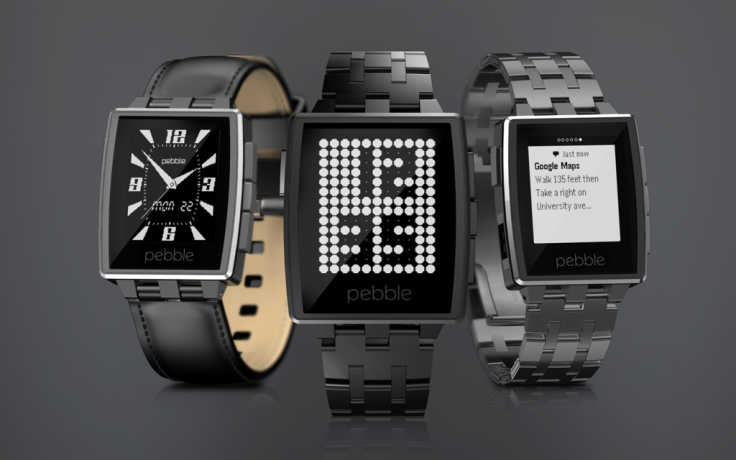Pebble sells millionth smartwatch, but will it ever be more than a niche?

Nearly three years after raising $10m (£6.6m) through a KickStarter funding campaign, Pebble has just sold its one millionth smartwatch.
It's an impressive milestone for a company which didn't really exist before 2012, but also demonstrates just how slowly momentum in the smartwatch market is building.
The Pebble - and especially the second-generation and much better-looking Pebble Steel - have topped the charts as 'best smartwatch' in a number of tech publications: both cost less than Android alternatives, and both have better battery life. Yet it's taken more than two years to sell one million units. Anecdotal, but I think I've only ever seen two or three "in the wild", and that includes visits to technology trade shows.
The original iPhone reached a million in 72 days, while Samsung shipped 800,000 of its original Galaxy Gear smartwatch in the two months after its September 2013 launch, despite a higher price than the Pebble and almost universally poor reviews from the technology press.
You could roll out the "everyone is waiting for the Apple Watch" argument, but that's starting to look awfully tired - especially when it will start at more than three times the price of the basic Pebble. The two watches clearly aren't intended for the same market, so I'm not really convinced that Apple Watch will promote sales of other smartwatches.
Struggling to become more than a niche
More generally, I still don't see the smartwatch market becoming anything more than a niche. A million sales over two years - even if the company has come from nothing - isn't in the same league as what the personal gadget market has become used to.
Companies like Samsung, Apple and Google have grown accustomed to producing hugely desirable products which sell by the bucket load, so no wonder they're hesitant to go all-in with smartwatches. Samsung at the high-end and Pebble at half the price couldn't drive smartwatchs into the mainstream, leaving Apple to have a last stab at convincing us that screens on our wrists are the future.
Selling a niche product to a million fans isn't what these companies do; it's not what they set out to achieve and it doesn't make them happy.
Look at the Apple TV set-top box. It never became the iPod, iPhone or iPad of the living room and was demoted to "a hobby" by Steve Jobs after a tepid launch, before a major redesign and heavy price cut turned its fortunes around - but that took several years at a time when Apple's pockets grew deeper by the day.
Chicken-and-egg
Another issue with the chicken-and-egg situation the smartwatch market has found itself in is a lack of choice. Because none have sold incredibly well, rivals haven't fought to get in on the action with their own version. This means there are only really a handful of smartwatches on the market, and the majority run an almost-identical build of Google's Android Wear.
Yet people buy regular watches to be different. There are so many brands, sizes and styles available across an almost limitless price range that you never see two people wearing exactly the same one. But that's exactly what will happen if the Apple Watch - or any other - is as successful as the iPhone. All having the same phone in our pockets is one thing, but all strapping the same watch - the same fashion statement - to our wrist is another.
There isn't really an answer to fix the smartwatch market right now, and I've left out the elephant-in-the-room of poor battery life.
I guess we'll just have to wait for the Apple Watch and see what happens.
© Copyright IBTimes 2025. All rights reserved.






















